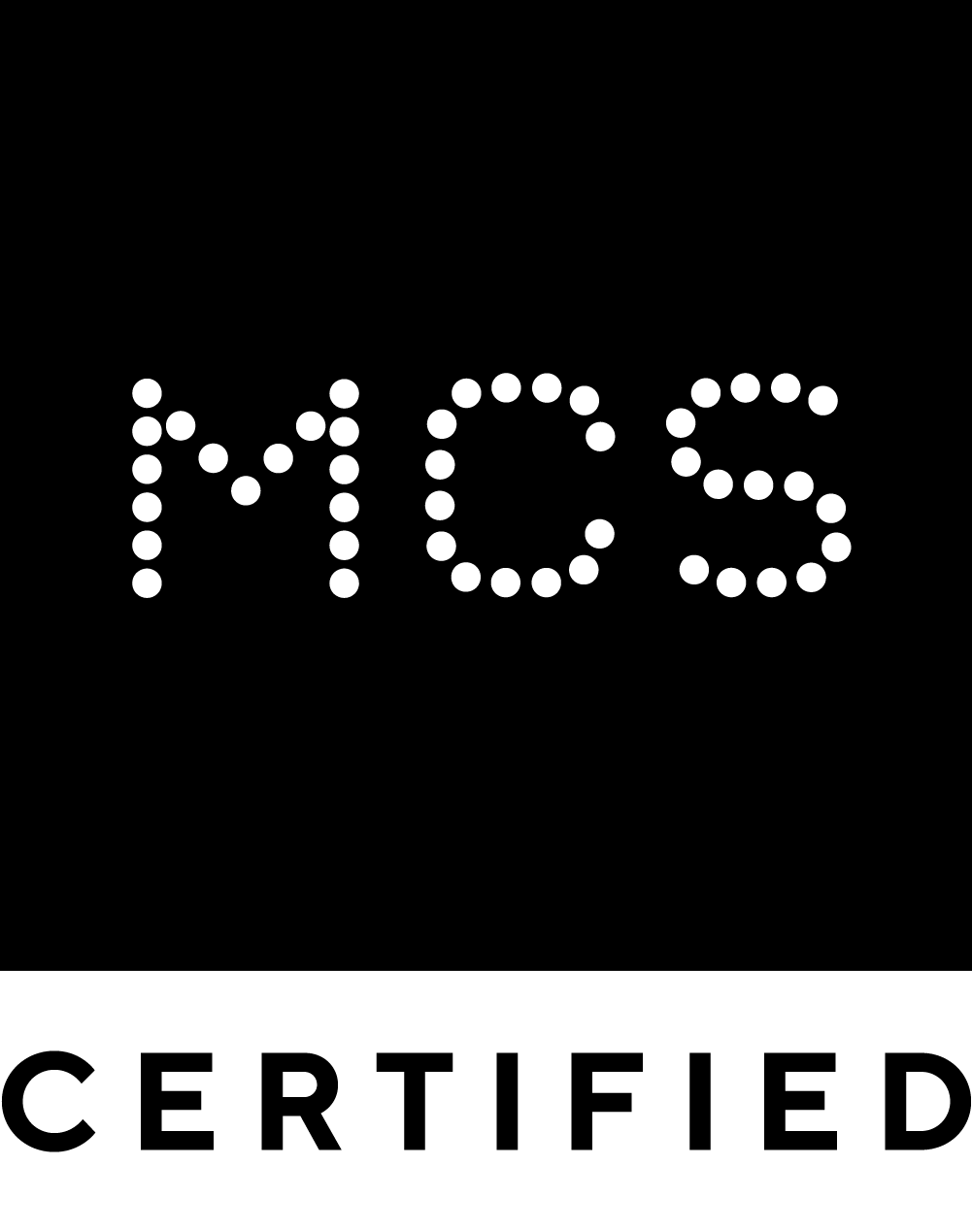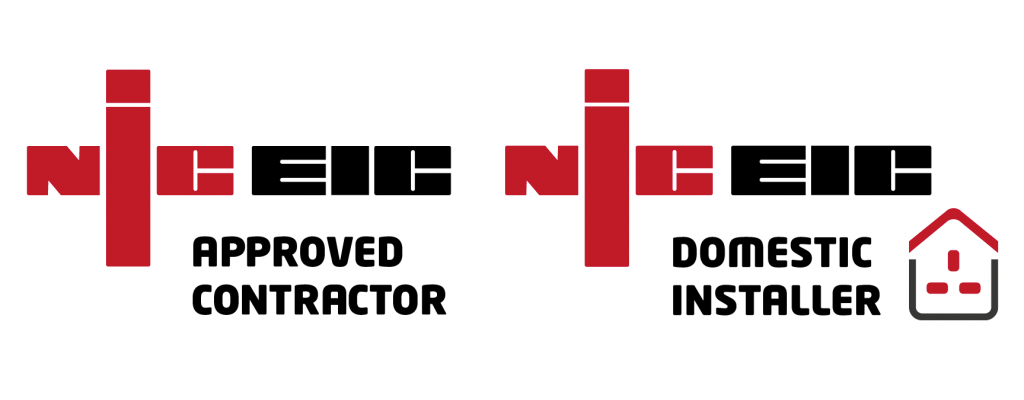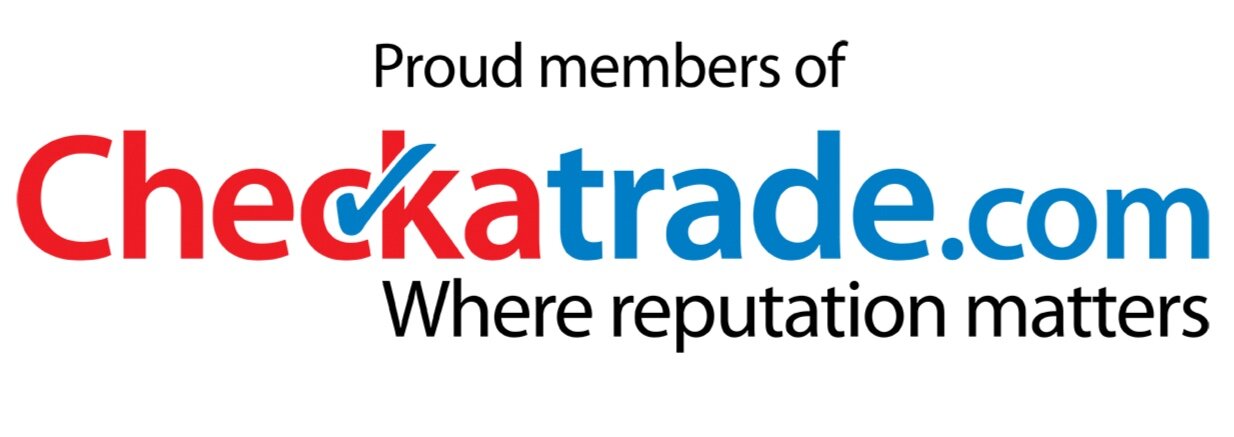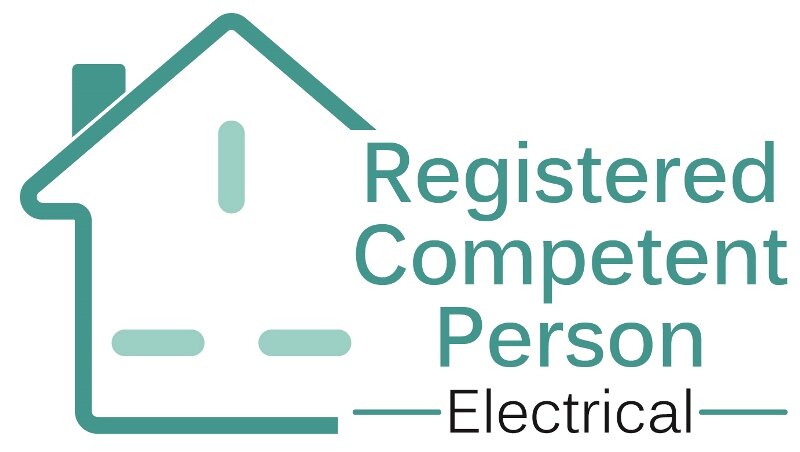Inspection & Testing
Electrical Testing Services – Periodic Inspection and Testing
The Electricity at Work Act, 1989 states that all electrical systems and equipment used in the working environment should be in a safe condition. The Health & Safety Executive recommend that in order to comply with the regulations an electrical inspection and testing programme should be undertaken at all places of work. Electrical installations should be tested often enough that there is little chance of deterioration leading to danger.
We are regularly assessed and are certified by the NICEIC (National Inspection Council for Electrical Installation Contracting) as having the technical capability to carry out Electrical Testing Services.
Our full range of electrical testing services include:
Electrical Inspection surveys
Periodic Testing & Inspection Reports
Electrical Installation Condition Reports
NICEIC Electrical Installation Certification
Domestic/Commercial – Electrical Testing, Inspection & Reporting
Drawing & Diagram Updates
Electrical Equipment and Portable Appliance Testing (PAT)
Once the inspection and testing has been completed, a detailed Electrical Installation Condition Report is provided. The report details the extent and results of the inspection and testing, listing any recommendations for remedial actions that should be taken to ensure compliance with current standards.
We provide a path towards compliance and where appropriate we will provide a list of prioritised and costed recommendations to bring the electrical installation up to the standards required by current regulations. Our electrical testing is carried out by highly qualified engineers with extensive experience of testing electrical installations both in domestic and commercial environments
WHAT IS EICR TESTING
If you are looking to find out what is EICR testing then we will show you the in’s and outs.
EICR Testing is an investigation and report on your Electrical Installation. EICR stands for Electrical Installation condition report and replaced the old Periodic inspection report
Here you will learn what EICR testing is. The requirements, how it takes place, and what happens after a test.
As suggested by its name, this is a report into the condition of your electrical installation. This is not a certificate. It provides and in-depth assessment of the condition in relation to the current wiring regulations.
The main purpose of this report is to investigate and show, so far as is reasonably practicable, any factors that could impair the safety of the installation.
Safety against the effects of electric shock and burns
Protection of property and against fire and heat damage caused by defects
Confirmation that the electrical installation is not damaged or deteriorated
Identification of non-compliance with BS7671 Wiring Regulations.
IS AN EICR A REQUIREMENT?
This report is an important document. An EICR is a legal requirement in some instances. However, even where not mandatory, EICR’s show compliance with many other legal and statutory requirements.
For example, when a mortgage company asks for evidence of the condition of a buildings electrical wiring system. The EICR report will provide this evidence.
Likewise, when running a business. An EICR will provide evidence that you conform with the Health and Safety at work requirements.
WHO CAN DO AN INSPECTION?
Persons must be competent and skilled to complete an EICR
To begin with, they must have sufficient knowledge of the electrical regulations and electrical installations.
Secondly, they must be skilled in the safe use of test instruments. Finally, they must have sound knowledge of the type of installation to be inspected.
The following steps to your EICR
The client contacts us to request an EICR
A quotation is issued and, once accepted, an appointment booked.
Our Electricians arrive to carry out the report
Fixed electrical items have a visual inspection
The report includes details of the installation
Testing of circuits take place
Defects are recorded on the report
The client receives the completed report
HOW MUCH IS A DOMESTIC EICR REPORT
The price of an average domestic EICR on a 3 or 4-Bedroom house with a single consumer unit of fewer than 10 circuits we would charge is between £150-£250
A smaller property with fewer circuits will cost less.
Larger properties with more work involved, additional consumer units and outbuildings will all increase the price.
HOW ARE DOMESTIC REPORTS PRICED?
There are many ways to set prices for an electrical inspection.
Some electrical companies will have a flat rate for a report for various property sizes.
Others will base a price on the initial set up of paperwork, with additional costs per circuit. For example, you would pay £100 + £25 per circuits. In this case, a condition report at a property with an 8-way consumer unit would cost £300. This method of ‘price per circuit’ is more common in commercial works.
Its is common to have discounts for the number of reports. A landlord might expect to make a saving by having multiple locations inspected at once.
HOW MUCH IS A COMMERCIAL EICR REPORT
For commercial electrical safety checks, the price of an EICR report is going to depend on the size of the installation.
Some business properties have hundreds of circuits. A small premisis may have one or two consumer units. One for the shop front and another for the kitchen. The number of circuits affects the price of the reports.
Other factors to take into account are access to the property and working hours to avoid disruption.
PRICING FOR A COMMERCIAL EICR
You will pay anything between £10 and £50 per circuit for a report on your business property.
A small 3 phase consumer unit in a workshop, with no unusual requirement for working hours or access, would be £15-20 per circuit.
A large site, with an old installation, will cost more.
Having to identify circuits to test will take additional time so having previous records could save costs.
A newer installation, with each working access and up to date records and previous EICR’s would lower the price per circuit.
Be aware that many companies are quoting bottom end prices. They may be using cheap unqualified labour to carry out the report and taking shortcuts on what checks should be made. It is also common for the money to be made up in the rates charged for repairs.
WHEN WE HAVE COMPLETED OUR VISIT TO YOUR PREMISIS.
After an electrical inspection the EICR will have a SATISFACTORY or UNSATISFACTORY result.
Observations noted on the report are given a code related to the severity.
C1 – Safety issue that requires immediate attention
C2 – Could lead to a safety issue
C3 – Does not comply with current regulations
FI – A problem is found that could not be traced on this report
A Satisfactory outcome will not include any C1, C2 or FI issues listed.
After an EICR testing has been carried out, if an unsatisfactory report has been made, some remedial works are needed.
WHO NEEDS TO CARRY OUT THE REMEDIAL WORKS?
This one we get asked quite a lot
Remedial works that are required can be carried out by anyone. However, to obtain a satisfactory result you would need certificates that reference the original report and details that the observations have been resolved.
A new EICR would not be issued. The unsatisfactory report along with certificates of completed observations is sufficient.
If needed we can also carry out remedial works prior to issuing your final report.This is normally done if a satisfactory status is needed to satisfy insurance companies etc.
HOW YOU CAN LOWER PRICES
To ensure you get a good deal for your installation report you should give as much information as possible when requesting a quote.
The more information an electrician has when pricing a job, the more accurate his quote can be.
Photos of your consumer units. previous records and instructions on access and working times will all be helpful.
DO YOU NEED MORE ADVICE?
Just give us a call and we will guide you through the process of what is required.












